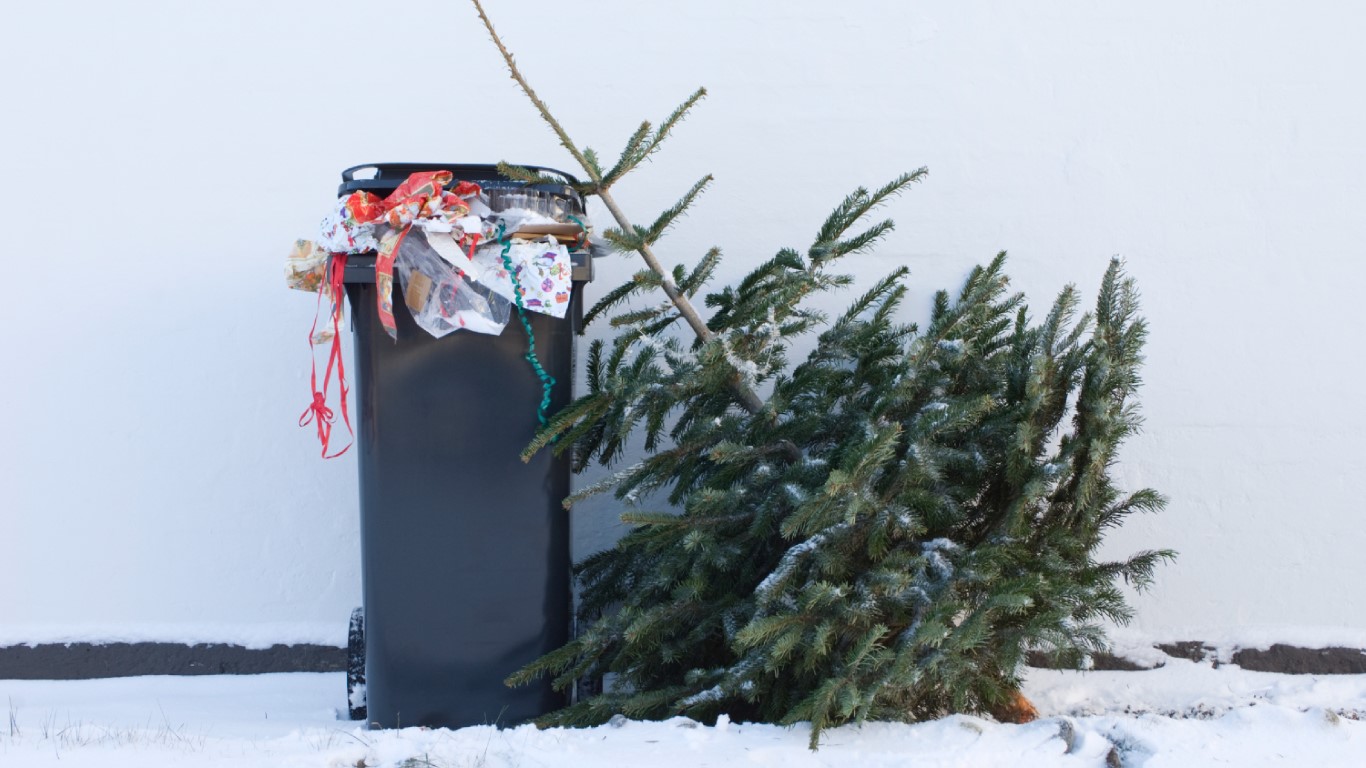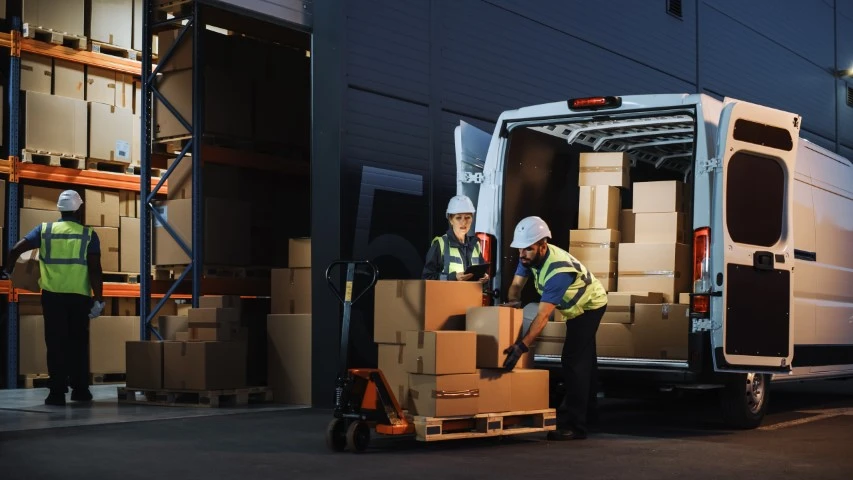A Christmas Carol: Reflections On The Past, Present And Future Of The Festive Season

A Christmas Carol: Reflections On The Past, Present And Future Of The Festive Season
With the festive lights all around us, sustainability may not be top of mind, but perhaps a classic story can remind us to weave our sustainability priorities into the holiday. Charles Dickens’s A Christmas Carol tells the story of Ebenezer Scrooge, a selfish man who detests Christmas. In the novel, Scrooge is visited by three ghosts that take him through Christmases past, present and future. Confronted by these spirits, Scrooge resolves to change his ways, transforming into a kinder, more generous person.
As a metaphor for change, what might these ghosts reveal about the sustainability impacts of our Christmases past, present and future?
The Ghost of Christmas Past
The Victorian era, immortalized by Dickens, redefined Christmas as a domestic celebration — a shift that paved the way for the commercial, consumerist holiday we recognize today. It was during this period that demand for mass-produced toys, decorations and Christmas crackers accelerated. The first Christmas card was printed in 1843; by 1880, 11.5 million Christmas cards were being produced annually in the UK, and around 5 million were being produced in the US. This new focus on material celebration marked the early stages of a consumerist Christmas.
The Ghost of Christmas Present
Today, the festive season is synonymous with overconsumption and waste. In the UK, the Environment Agency reports that waste surges by 30% during the festive period, including over 1 billion Christmas cards which are discarded each year. Similarly, in the US, waste generation rises by 25% between Thanksgiving and New Year’s Eve. Traditions such as Black Friday, which drive a huge increase in purchasing, compound the issue. Research from 2020 estimated the carbon footprint of Black Friday sales at 429,000 tonnes of CO2 — equivalent to 435 return flights between London and New York.
The social costs are equally concerning. In 2023, G20 nations imported $468 billion worth of goods potentially linked to forced labour. The list of goods linked to forced or child labour that is maintained by the US Bureau of International Labor Affairs includes Christmas staples such as chocolate (from Ghana and Côte d'Ivoire) and Christmas decorations (from China).
The Ghost of Christmas Future
With estimates suggesting that resource consumption and waste generation could increase by 70% by 2050, what steps can we take to ensure a more sustainable Christmas in the future?
Clearly consumer behaviour must change, and there are encouraging signs of growing consumer awareness. Google Trends reveals a sharp rise in the popularity of “sustainable Christmas” searches since 2018, with related terms such as “sustainable Christmas decorations” and “eco Christmas tree” also gaining traction. However, shifting from linear consumption patterns to a global economy centred on resource efficiency, restoration and regeneration requires action at both the societal and policy levels (see Verdantix Strategic Focus: Understanding The Key Policies Driving Circular Economy Adoption).
Several countries have developed circular economy roadmaps, including Canada, Chile, the Netherlands, Norway and South Korea. However, the global circularity gap — the share of secondary materials consumed by the global economy — has worsened, decreasing from 9.1% in 2018 to 7.2% in 2023. The global financial system has a critical role to play here, through stimulating innovation in green technologies and promoting circular business models (see Verdantix Strategic Focus: Innovative Circular Technologies Advancing Climate And Sustainability Performance). Additionally, efforts to combat social inequalities are also advancing, with many countries introducing stricter social regulations for businesses to prevent forced labour and human rights abuses in supply chains (see Verdantix Best Practices: Weaving Social Into ESG And Sustainability Strategies and Verdantix Strategic Focus: Understanding The EU’s Corporate Sustainability Due Diligence Directive (CSDDD)).
Returning to Dickens’s novel, a central theme of the story is the importance of charity and kindness – values that still resonate today. In 2023, 4.3 billion people donated time, money or helped a stranger, according to the CAF World Giving Index. Addressing overconsumption, environmental damage and social inequalities requires collective action, beginning with individual effort. In this spirit, consider donating or contributing your time to a favourite cause or initiative this Christmas.






















